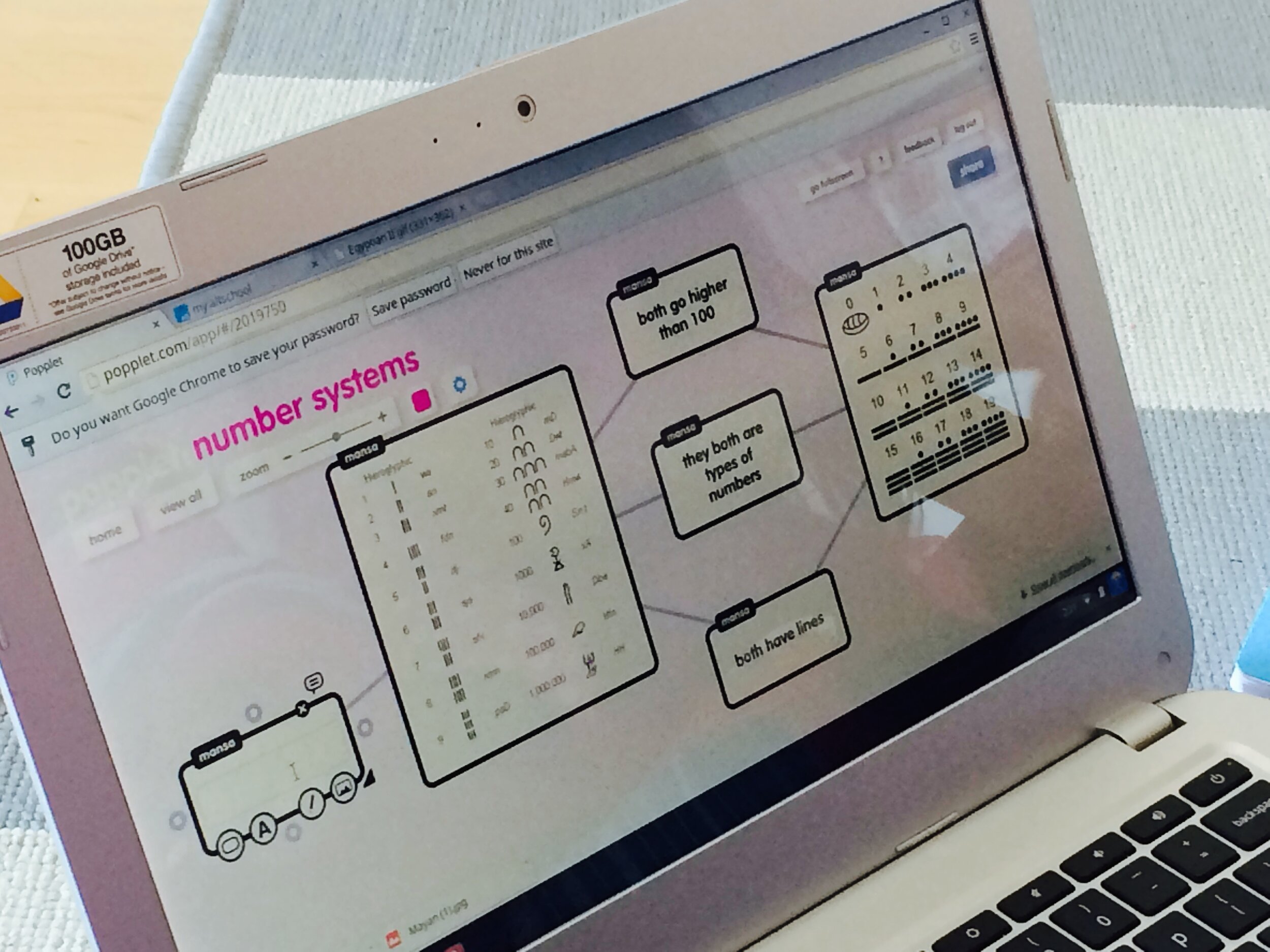Striking a Balance: Constructivism vs. Control
I never thought I'd be a writer—or a reader for that matter
I remember one of my college professors, Janice, who provoked my interest in children's literature. I walked into the class the first day thinking it would be one of the easiest and most useless classes that I'd be taking. At that point, I was more interested in teaching math and science, and couldn't have cared less about teaching reading. When I think back, I think I was more so scared at the thought (because teaching reading is "hella" difficult), but within minutes of being in Janice's class, my interest in children's literature was provoked. Soon enough, I found myself walking from class to class, reading children's books, like Belle from Beauty and the Beast.It interesting how things provoke our interest. In my last school district, I had a pretty prescribed set of standards to follow, but I always felt I ended up making it interesting for the kids. I routinely had them engaged, interested, and actually caring about what we were learning--just like Janice did for me--to the point where they would readily recall information and make relevant connections to previous content we'd studied. I always felt like it "stuck," for the most part, and I felt like they were loving to learn in the process.
What's interesting about that setting is that I was able to use many practices labeled as "traditional," meanwhile putting a constructivist twist on it: My students' learning experiences were tied to Common Core Standards, but I worked with them to find places to channel interests throughout various sets of experiences.
Some examples, you ask?
Argumentative essays on topics of their interest, TED talks, and creative projects that allowed them to advocate for their passions. One project, in particular, entitled the "Impact Project," my students were able to identify a need in the world about which they were passionate and create a proposal for a new product or idea that would help to solve that problem. We used Kickstarter as a mentor "text" or mentor "project" for this, the kids loved it, and they were able to share their passions with others and their friends.I find myself now in a setting where this sort of interest-based, student-driven teaching and learning is on high gear to the nth degree. I found myself on the radical side of traditionalism in Chicago, whereas I find myself now on the traditional side of radicalism here in California. Both have their strengths, and both are stretching my thinking about what teaching and learning should be.But as I continue, I'm finding myself needing to strike a balance. After all, all children deserve a well-rounded education, meanwhile being able to channel individual interests and passions. But how do we strike this balance? How do we create interest-driven curriculum that aligns to standards?
I don't have any definitive answers, but here's what I'm thinking as of now.
Don't be afraid to bring in curriculum that you find interesting and relevant
Interest and passion are contagious, especially when spread authentically. It's important to remember that kids are... well... kids, and dare I say, they don't always know what their interests are. It is our job as teachers to open their eyes to the world around them, provoke interest, and help them see themselves in this dynamic world that surrounds them.I have one student this year, in particular, who came in wanting to build a robot. While we still have plans for tinkering, building, and helping him explore his interest in nanotechnology, his immense and intense work on his two fables (He was only asked to write one.) suggests that he didn't know much about fables beforehand. He didn't realize how interesting they'd be to read and write, and now he spends a great deal of his time working on those.
Don't be afraid to create structure by using what we know about standards, assessment, and instruction
Framing the curriculum for the kids allows them to see the universal skills that embed all that we do. While educational rhetoric may make it sound boring, framing it in a way that is enlightening for kids actually helps them to see the relevance and allows them to feel structured and supported. At the end of the day, kids just want to feel successful, no matter what they're doing, and structuring the curriculum to support them makes them feel successful. And that's invaluable.
Don't be afraid to let go a little bit
I'm taking a page from my teaching partner's book on this one. She's great at seeing student interest and capitalizing on it. Recently, she noticed some of our girls playing with finger puppets, and she began a discussion with them. After talking with the girls for only a minute or two, one of them made a connection to fables, and my teaching partner suggested they develop the finger puppet show and perform it for the class and the lower elementary students. She took the time to listen, and trusted the process enough to let go. The students rose to the occasion, and have applied lessons from class in a meaningful and relevant way that meets their interests and needs.The big idea here? It seems there is a balance, and we're already beginning to strike it, even if we're not perfect at it quite yet. Standards, assessment, emergent curriculum, and student-driven projects have a place in all of our classrooms.



